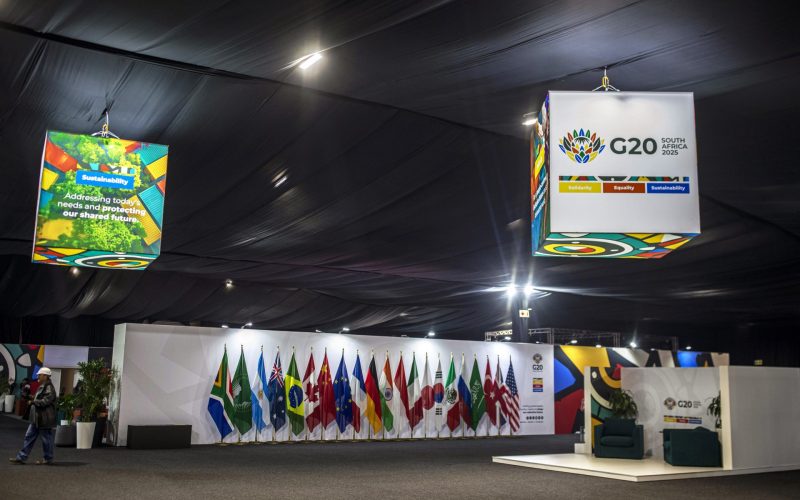Unpacking the policies, institutions and instruments of Chinese development co-operation is a necessary prerequisite to understanding the impact that this form of assistance has on African economies and livelihoods. Moreover, examining particular case studies of development co-operation provides an opportunity to assess the relative success and failure of what the Chinese government likes to characterise as a unique form of foreign assistance. For this reason, the focus of this paper will be on one example of Chinese development co-operation, a housing project based in the South African township of Tembisa, as a way of illuminating the differing dimensions of this key aspect of Chinese engagement in Africa.
SAIIA sincerely thanks those who acted as peer reviewers for these papers.








